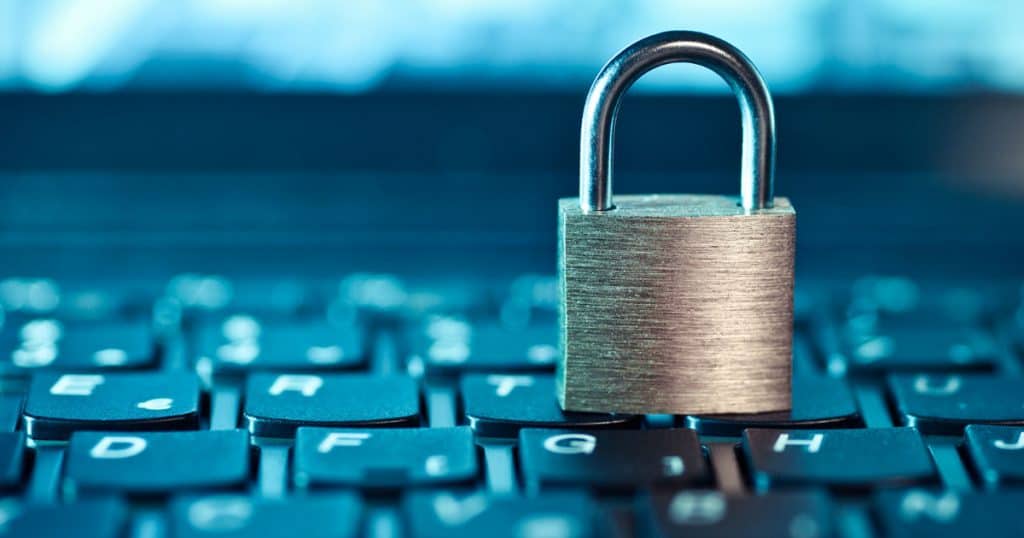We’ve all been there before: you’re trying to log in to an important email account or online application, but a forgotten password locks you out. You’re redirected to a change password page, but before you can enter a new one, you have to enter the old one (that you can’t remember).
Passwords have held this essential yet exasperating position for decades. But only recently has password management become so critical—and so frustrating. Every time you create a strong self-generated password, it gets jumbled up with hundreds of other letters and ch@ract3r! combinations you’ve used in the past. Every time another app prompts you to update your login credentials, today’s catchy expression becomes tomorrow’s forgotten phrase.
These security measures are essential, though. The challenge comes from balancing the need for effortless user access with the enhanced cybersecurity protection that today’s businesses require. Weak passwords are a common thread that runs through data breaches, ransomware attacks, and system compromises. According to the 2020 Verizon Data Breach Investigations Report, 81% of all cyber incidents involved compromised passwords. According to Google’s 2019 The United States of P@ssw0rd$ poll, three-quarters of all Americans get frustrated trying to keep track of passwords. One-quarter use “abc123” or “password123” as logins, while two-thirds use the easily identifiable name of a pet, spouse, or child. And almost half of all Americans have shared their password with someone else.
Earlier this year, Microsoft estimated that its cloud applications receive upwards of 300 million fraudulent login attempts each day. And just last month, Google recommended that millions of users update their passwords after leaks from popular services like Netflix and LinkedIn. That’s because hackers know they only need to swipe one weak or outdated login credential to then gain access to countless laptops, desktops, networks, and servers.
It’s not easy to change such user behavior—the same Google poll found that less than half of Americans changed their password even after it was compromised. Most of us think of a forgotten password as a necessary but time-consuming nuisance. That’s what makes multi-factor authentication (MFA) so important.
This multi-step login process contains at least two crucial elements. First, a user enters his or her password; then, the user is prompted to enter a unique code (typically delivered by text or email) to confirm their identity. Properly deployed MFA can mitigate the impacts of compromised passwords, preventing even a stolen password from being successfully leveraged.
But this represents just one step along the path toward real security. Depending on the size, scope, and industry of your business, additional layers of protection can help. Single sign-on (SSO) extends the two-step process of MFA by directing users to enter their code or respond to a push notification from an app installed on their phone. More advanced tools can include detailed user logs, entry point analysis, and customizable policies for your employees as they adopt new authentication measures. Security awareness training offers ongoing education that tests employees’ knowledge of and agility with new sign-on protocols.
These proven tools can help your company build a culture of cybersecurity that works on multiple fronts: strengthened passwords, modified login behaviors, and—in the event your company has been attacked in the past—newfound resilience against future breaches. The options for extending password security continue to increase. A trusted IT provider can help to implement these, including:
- Updated password creation guidelines in line with National Institute of Standards and Technology (NIST) recommendations
- Robust password management helps your employees capture, store, auto-fill, and generate dynamic credentials
- Simulation of email-based social engineering and spearphishing attacks that train users to spot suspicious behavior
- Seamless onboarding for new employees and offboarding (including password resets) for old employees
In a constantly connected digital world, password protection and login credential security are critical. We log in to such a wide variety of applications, bouncing from one to the other throughout the workday. Today’s employee expects that kind of fast, convenient, and streamlined access. But the more devices, applications, networks, and users your business must manage, the more complicated protection can get.
Still, password security can have the biggest net positive on day-to-day operations by preventing user downtime and attempted cyberattacks. At CMIT Solutions, we consider this to be a critical component of multi-layered cybersecurity. We protect our clients with elite-level data encryption, robust password management, MFA and SSO, and other tools that keep your employees, your information, and your password safe.
Want to extend that security to your business? Contact us today to find out.

